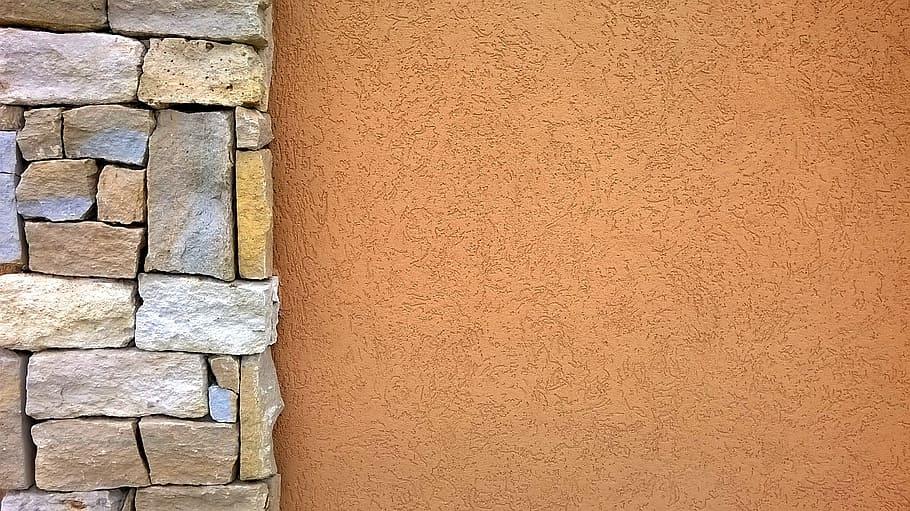Wesley Chapel Siding Blog
Welcome to Our Siding Contracting Services Blog

Siding Maintenance101: Tips to Keep Your Exterior Looking Fresh
Have you ever wondered how to keep your home's exterior looking fresh and well-maintained? Well, fear not, because we're here to share some valuable tips and tricks to help you achieve just that. From cleaning techniques to preventing mold and mildew, repairing damaged siding, and protecting against weather damage, we've got you covered. But that's not all - there's one secret tip that you won't want to miss. So, if you're ready to give your home the TLC it deserves, keep reading to discover the key to a pristine exterior that will make your neighbors green with envy.
Cleaning Techniques
To keep your siding looking its best, regular cleaning is essential. One effective technique is power washing, which involves using a high-pressure stream of water to remove dirt, grime, and other debris from the surface of your siding. Power washing can be a quick and efficient way to clean large areas, but it's important to use the right equipment and techniques to avoid damaging the siding. When power washing, be sure to use a wide-angle nozzle to distribute the water evenly and prevent concentrated pressure in one area. Additionally, it's important to use caution when using power washing on certain types of siding, such as vinyl or wood, as excessive pressure can cause damage.
In addition to power washing, chemical cleaners can also be used to remove stubborn stains or mold and mildew growth. These cleaners are specially formulated to break down and remove dirt and grime without causing any harm to the siding. However, it's important to follow the manufacturer's instructions and use the appropriate safety precautions when using chemical cleaners. This includes wearing protective gloves and eyewear, as well as ensuring proper ventilation in the area where the cleaning is taking place. It's also important to thoroughly rinse the siding after using chemical cleaners to remove any residue and prevent damage. By regularly cleaning your siding using power washing and chemical cleaners, you can keep it looking fresh and beautiful for years to come.
Preventing Mold and Mildew
Regular maintenance is key in preventing mold and mildew from growing on your siding. Mold and mildew can not only cause discoloration but also lead to structural damage if left untreated. To prevent these issues, it is important to implement proper moisture control measures.
One effective way to prevent mold and mildew is to keep your siding clean and free of debris. Regularly remove any leaves, dirt, or other organic matter that may accumulate on the surface. This will help prevent moisture from getting trapped and creating a favorable environment for mold and mildew growth.
Additionally, ensure that your gutters and downspouts are functioning properly. Clogged or damaged gutters can result in water pooling near your siding, increasing the chances of mold and mildew formation. Regularly clean and inspect your gutters to prevent water from overflowing and seeping into the siding.
Furthermore, consider installing a vapor barrier behind your siding. A vapor barrier acts as a protective layer, preventing moisture from penetrating the siding and reaching the underlying structure. This can greatly reduce the risk of mold and mildew growth.
Repairing Damaged Siding
In order to maintain the integrity and appearance of your siding, it is essential to promptly repair any damage that may occur. Whether it's due to harsh weather conditions or accidental impact, fixing cracks and patching holes should be a priority in your siding maintenance routine.
When it comes to fixing cracks, it's important to assess the severity of the damage. Small cracks can often be repaired with a simple application of caulking or sealant. However, larger cracks may require a more extensive repair approach. In these cases, it's best to consult a professional to ensure that the repair is done correctly and effectively.
Patching holes in your siding can also be a straightforward process. Start by cleaning the area around the hole and removing any loose debris. Then, cut a patch from a matching piece of siding or use a pre-made patch. Apply adhesive to the back of the patch and firmly press it into place. Finish by sealing the edges with caulking or sealant to prevent moisture from seeping in.
Protecting Against Weather Damage
After repairing any cracks and patching holes in your siding, it is crucial to take proactive measures to protect it from potential weather damage. One of the most effective ways to safeguard your siding is by using weatherproofing techniques. These techniques help create a barrier between your siding and the elements, preventing moisture from seeping in and causing damage. Some common weatherproofing techniques include applying a weather-resistant sealant, using a vapor barrier, and installing a protective layer, such as house wrap.
Another important aspect of protecting your siding against weather damage is choosing the right siding material. Different materials have varying levels of resistance to weather conditions. For example, vinyl siding is known for its durability and ability to withstand extreme temperatures and moisture. Fiber cement siding is another popular option that is resistant to rot, pests, and weather damage. It's important to consider factors such as the climate in your area and the specific requirements of your property when selecting the right siding material.
Regular Inspections and Maintenance
How often should we inspect and maintain our siding to ensure its longevity and performance? Regular inspections and maintenance are crucial for improving curb appeal and extending the lifespan of your siding. By conducting routine inspections, you can identify any potential issues before they become major problems. It is recommended to inspect your siding at least once a year, preferably in the spring or fall when the weather is mild. During the inspection, look for signs of damage such as cracks, warping, or loose panels. Additionally, check for any areas where moisture may be seeping in or signs of insect infestation. If you notice any issues, it is important to address them promptly to prevent further damage. In addition to inspections, regular maintenance is essential for keeping your siding in optimal condition. This includes cleaning your siding at least twice a year to remove dirt, debris, and mold. You can use a gentle detergent and a soft-bristle brush or a power washer on a low setting. By following a regular inspection and maintenance routine, you can ensure that your siding remains in excellent condition, improving your home's curb appeal and extending its lifespan.
Conclusion
Overall, maintaining the exterior siding of your home is essential for keeping it looking fresh and protecting it from damage. By regularly cleaning, preventing mold and mildew, repairing any damages, and protecting against weather damage, you can ensure the longevity and appearance of your siding. Don't forget to schedule regular inspections and maintenance to catch any issues early on. With these simple tips, your home's exterior will stay in great shape for years to come.
F
© Copyright 2026 Wesley Chapel Siding. All Rights Reserved.
Terms & Conditions | Privacy Policy
Zip codes we serve: 33543,33545,33544,33647,33559,33541,34639,33576,33592,33539,33574,33542,33549,33524,34637,33540,33613,33548,33525,33637,33620,33617,3355833543,33545,33544,33647,33559,33541,34639,33576,33592,33539,33574,33542,33549,33524,34637,33540,33613,33548,33525,33637,33620,33617,33558

